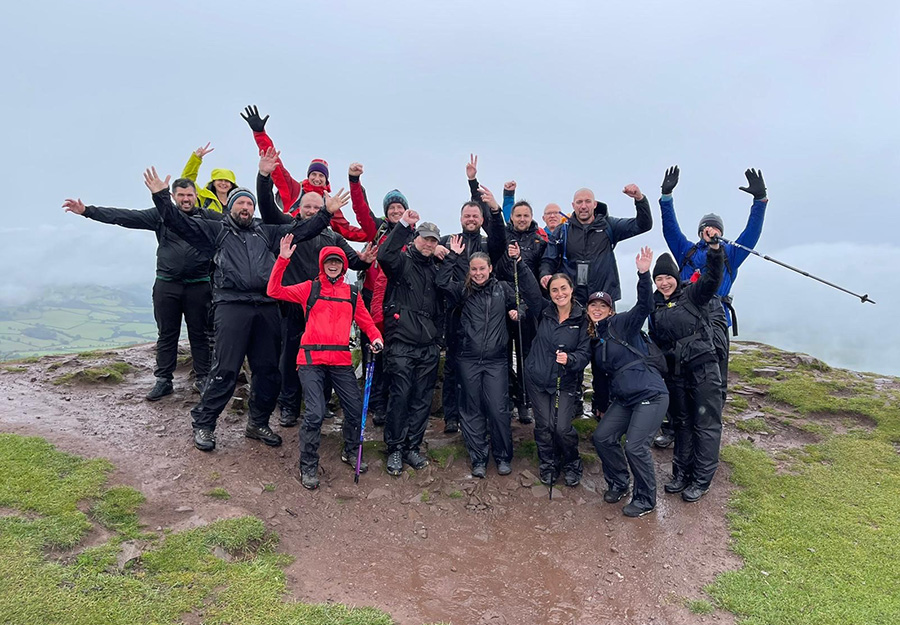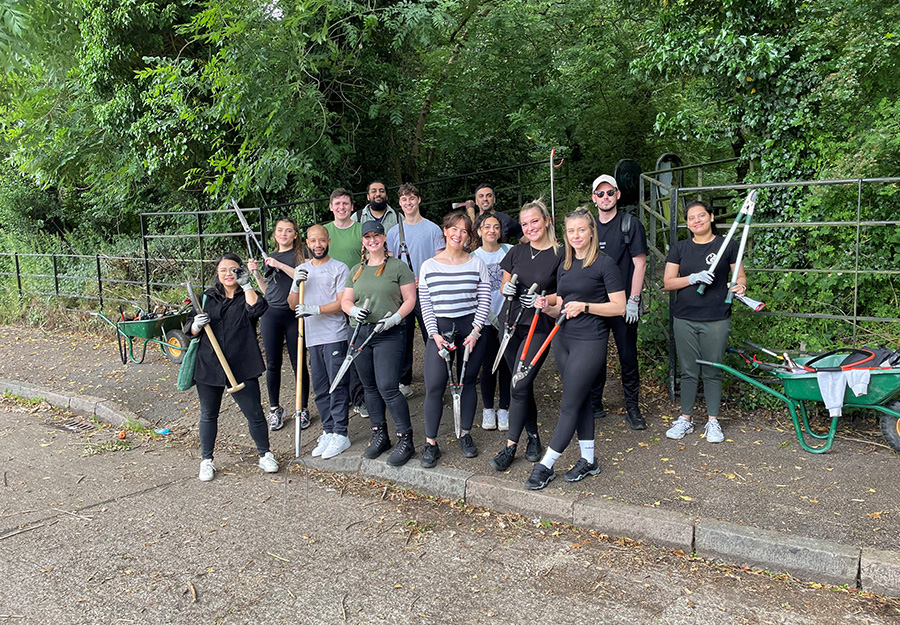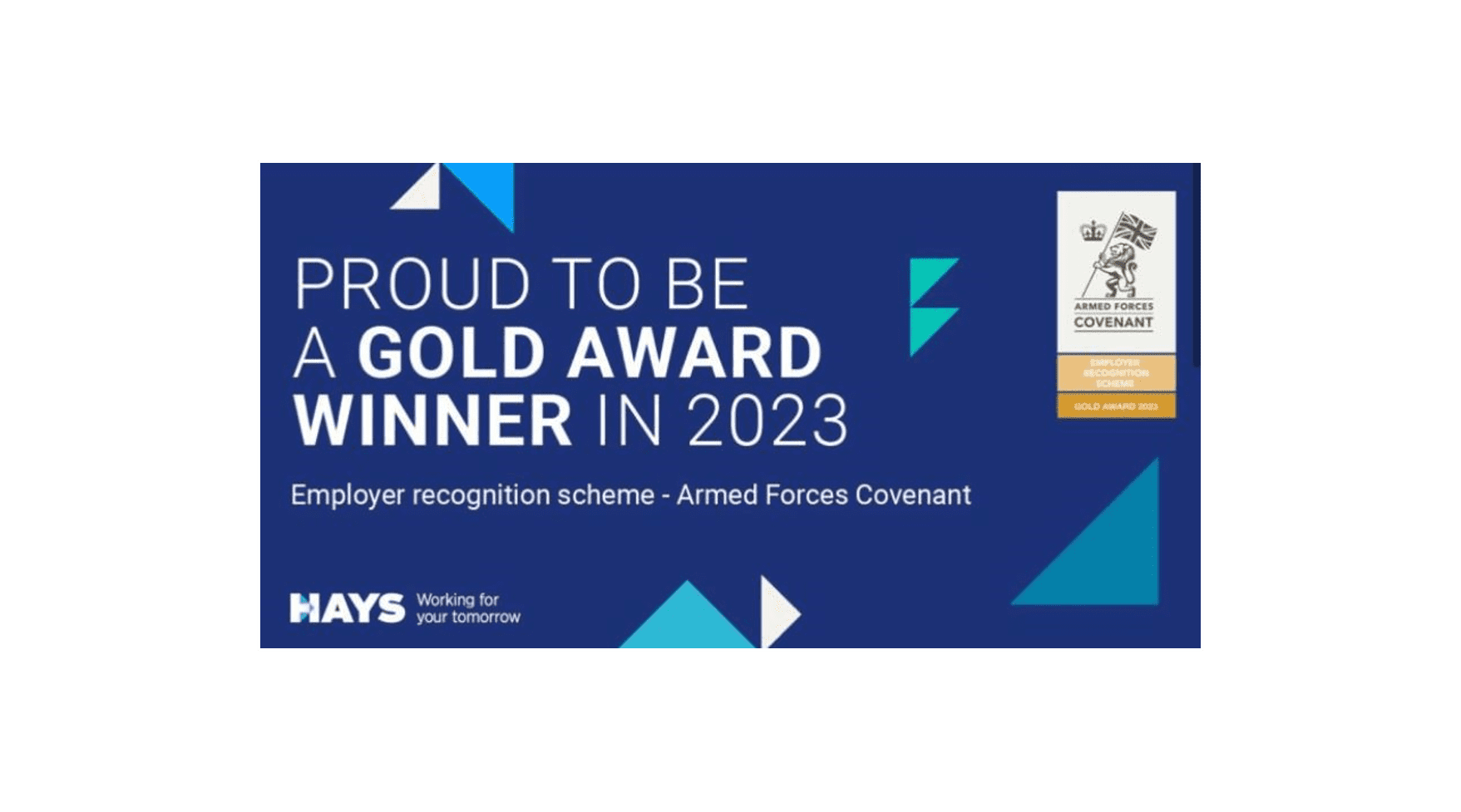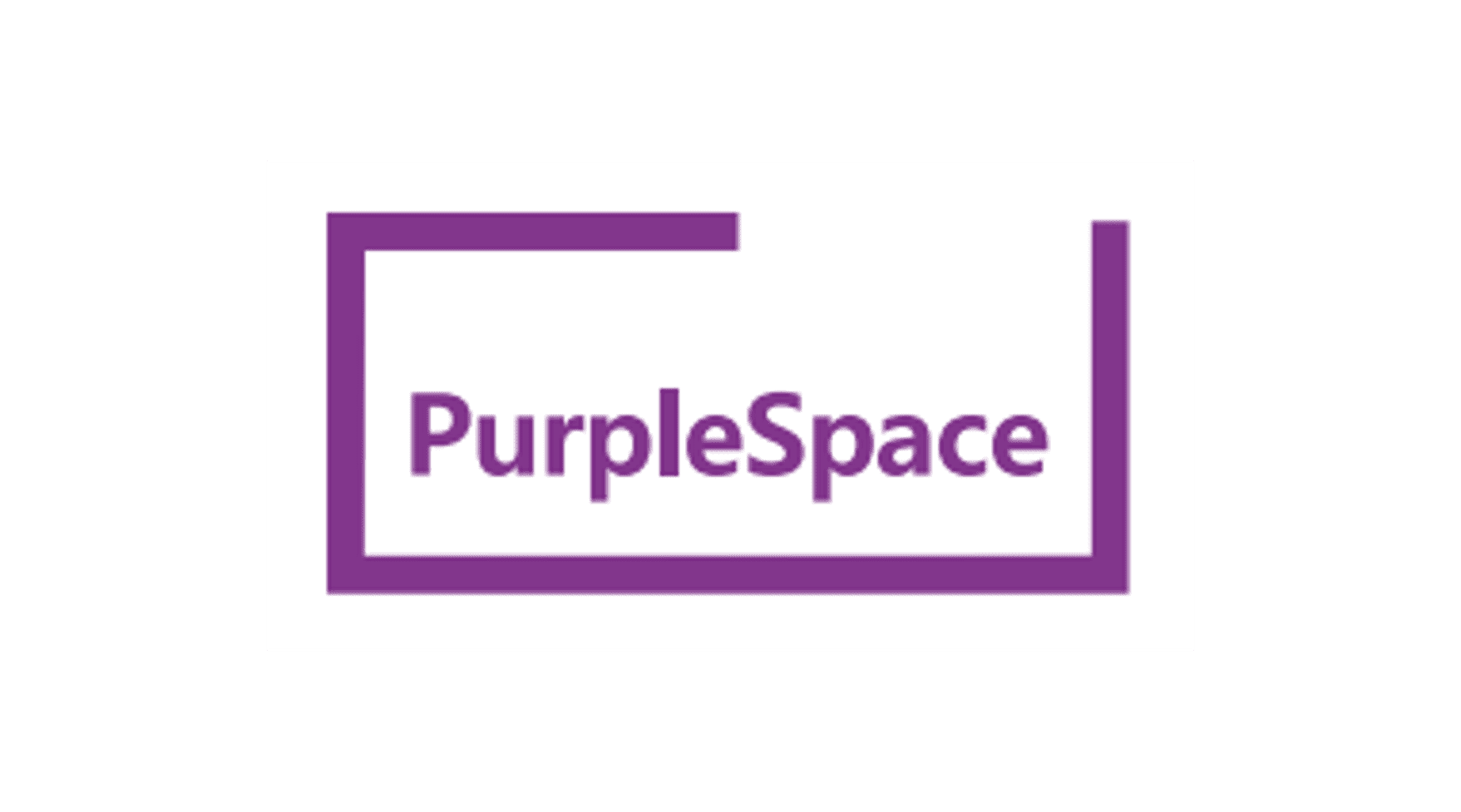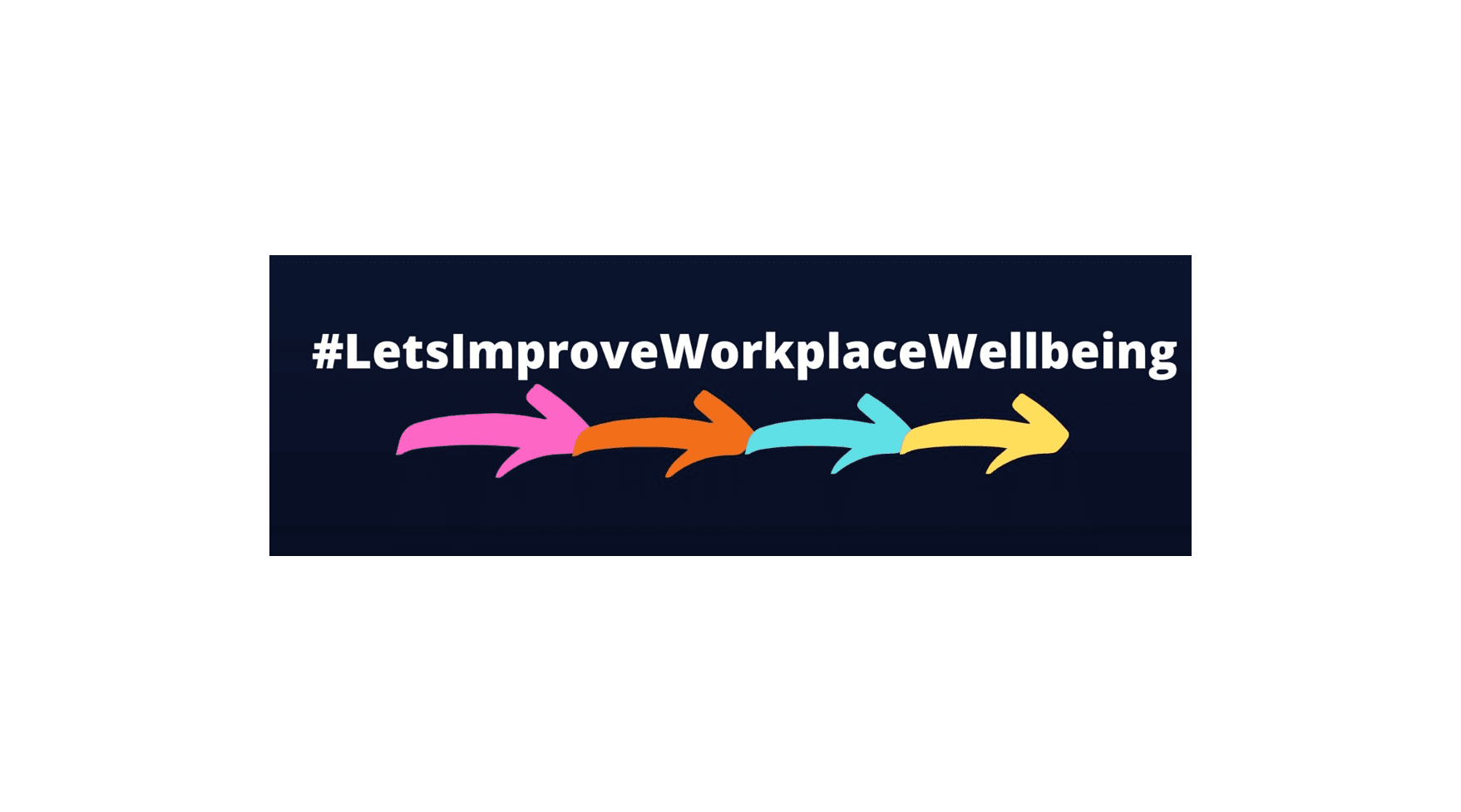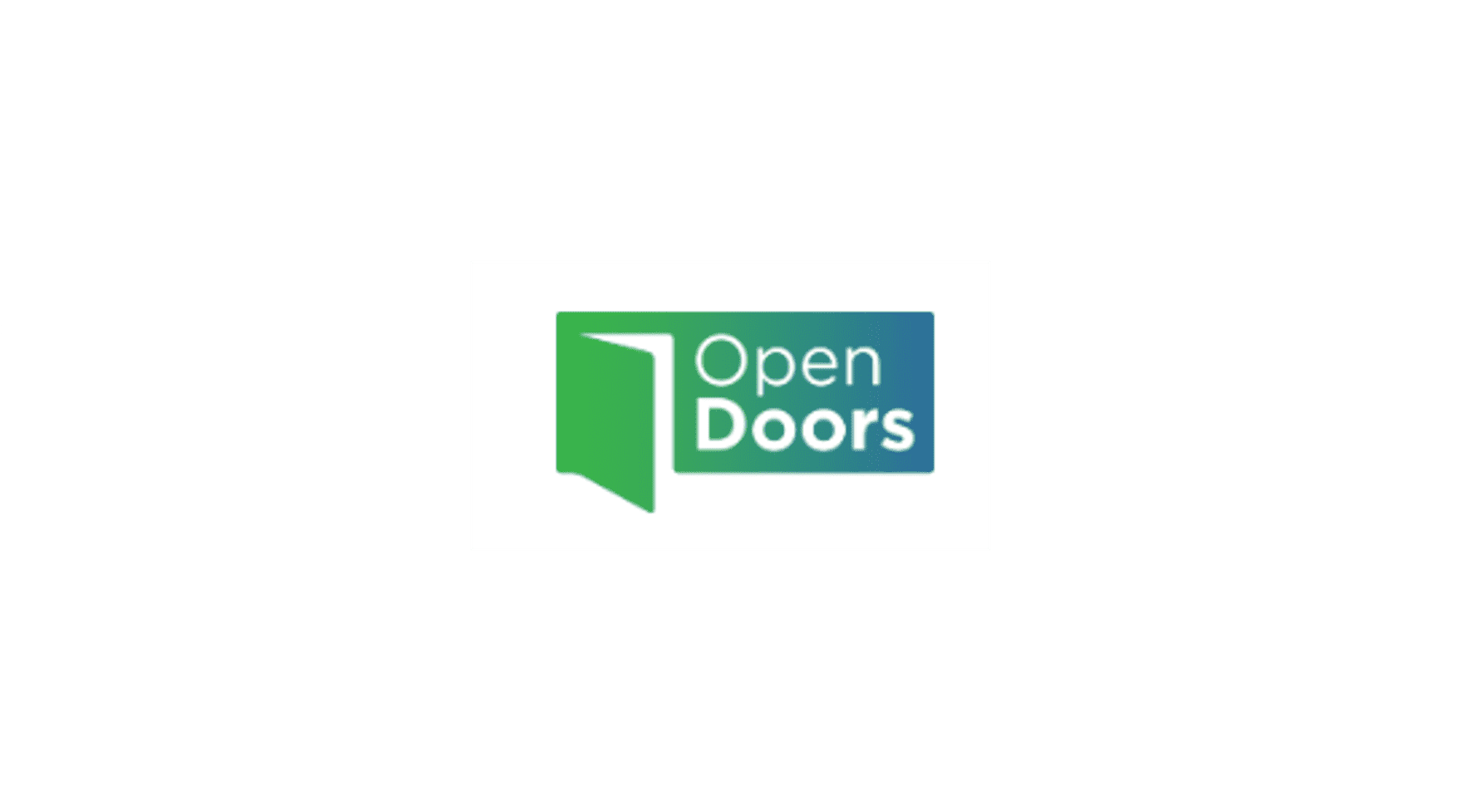At Hays, we strive to become lifelong partners to all those we work with, united by a drive to help people reach their full potential and create better futures. And you could be part of the journey.
You’ll join a diverse and inclusive team that actively shapes careers and ambitions across the UK, operating across a broad spectrum of industries and driven by our far-reaching services and businesses. Empowered by innovative technology, and presented with a range of development opportunities, you can expect a career as varied as it is purposeful.
Thinking of a new tomorrow for your career? Let’s create it today.







